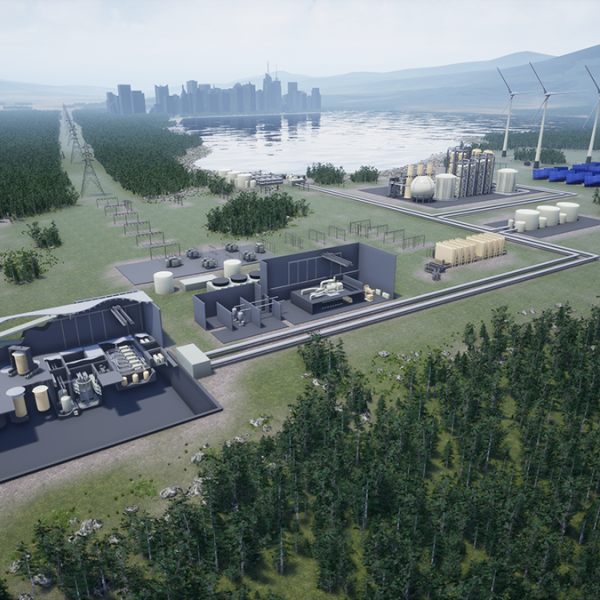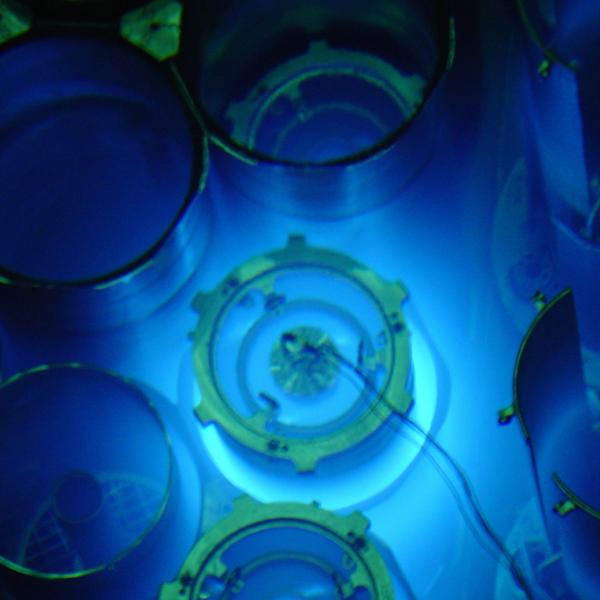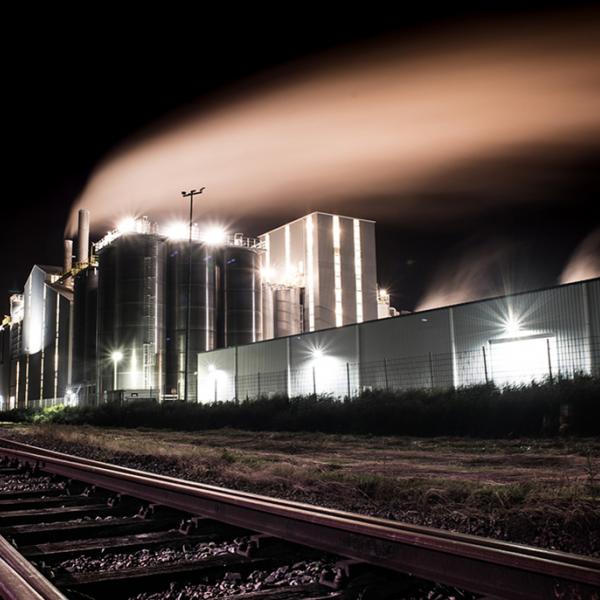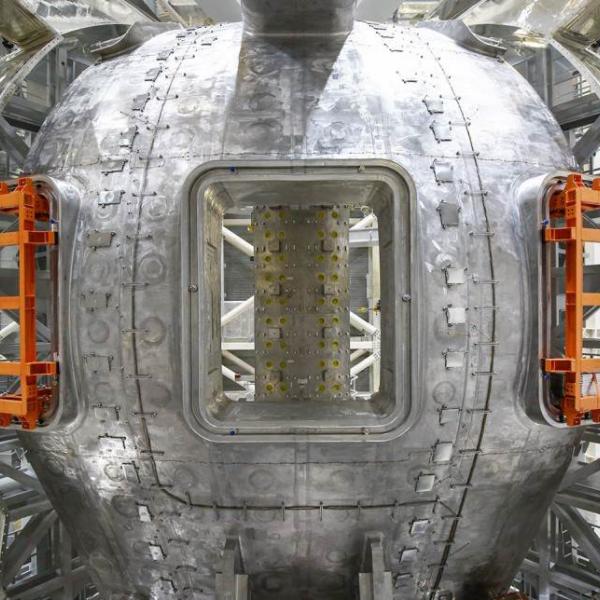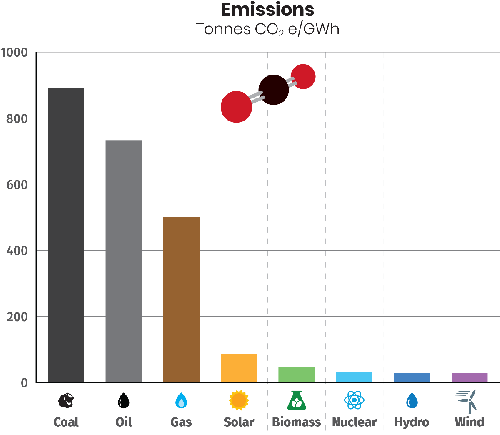

Advanced reactors
Future nuclear power reactors are very different from those designed and built in the last century. The new reactors have been engineered with advanced safety features to ensure a sustainable source of clean electricity for the future.
Background: Climate change and emissions
The Intergovernmental Panel on Climate Change has provided recommendations for an effective reduction of global atmospheric pollution with respect to CO2 emissions – namely, to limit the average global temperature increase to below 2oC by 2050, the CO2 emission from energy-generation sources must be kept below 40 tonnes per gigawatt-hour.

Today only large-scale energy sources, hydro, biomass, wind, and nuclear, can achieve this stringent level.
The urgent need for reductions in air pollution and CO2 emissions, while satisfying ever-increasing global energy consumption and providing energy security, has led to large investments in clean energy-generation systems.
When talking about the “cleanliness” of a particular energy-generation system, emissions, pollutants and the overall ecological impact associated with a system are important considerations.
This includes everything from the manufacturing, construction, through the energy-generation cycle, up to the waste disposal and decommissioning at the end of the lifecycle. In this respect, none of the currently available energy-generation technologies can be described as 100 per cent clean.
In considering the overall cleanliness of an energy-generation source, the overall environmental footprint, including the total land use of an energy source, must also be evaluated.
Trying to save the climate while damaging the environment is not a suitable way forward. A picture of what is truly clean energy becomes blurred when the renewable energy-generation sources, solar, wind and hydro require the most land.
While nuclear provides a low-emission source of energy without a particularly large land footprint, waste disposal and decommissioning of nuclear power plants remain fiercely debated.
There is no “silver bullet” solution for clean energy generation. The future energy portfolio will need to consist of a mix of fuel sources and energy conversion systems.

The current scenario has led to a revived interest in the development of molten-salt-based energy-generation and energy-storage systems. This development has been driven by advancements in molten-salt-based nuclear and renewable energy-generation technologies.
The development of advanced nuclear technologies

Infographic depicts the development of advanced reactor technologies in the US Credit: DOE
For more information

Dr Ondrej Muransky

